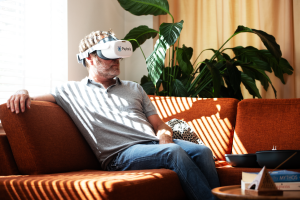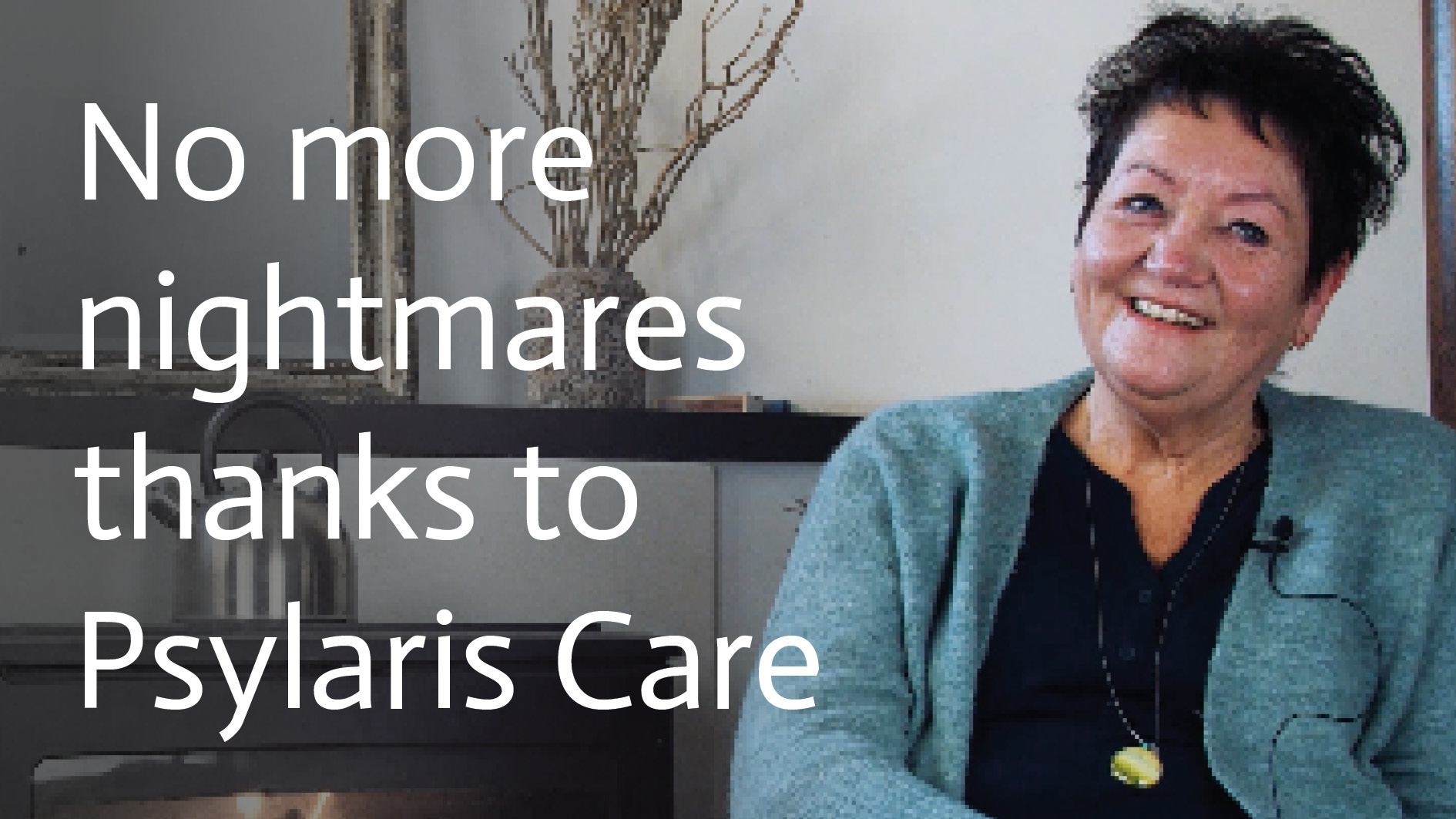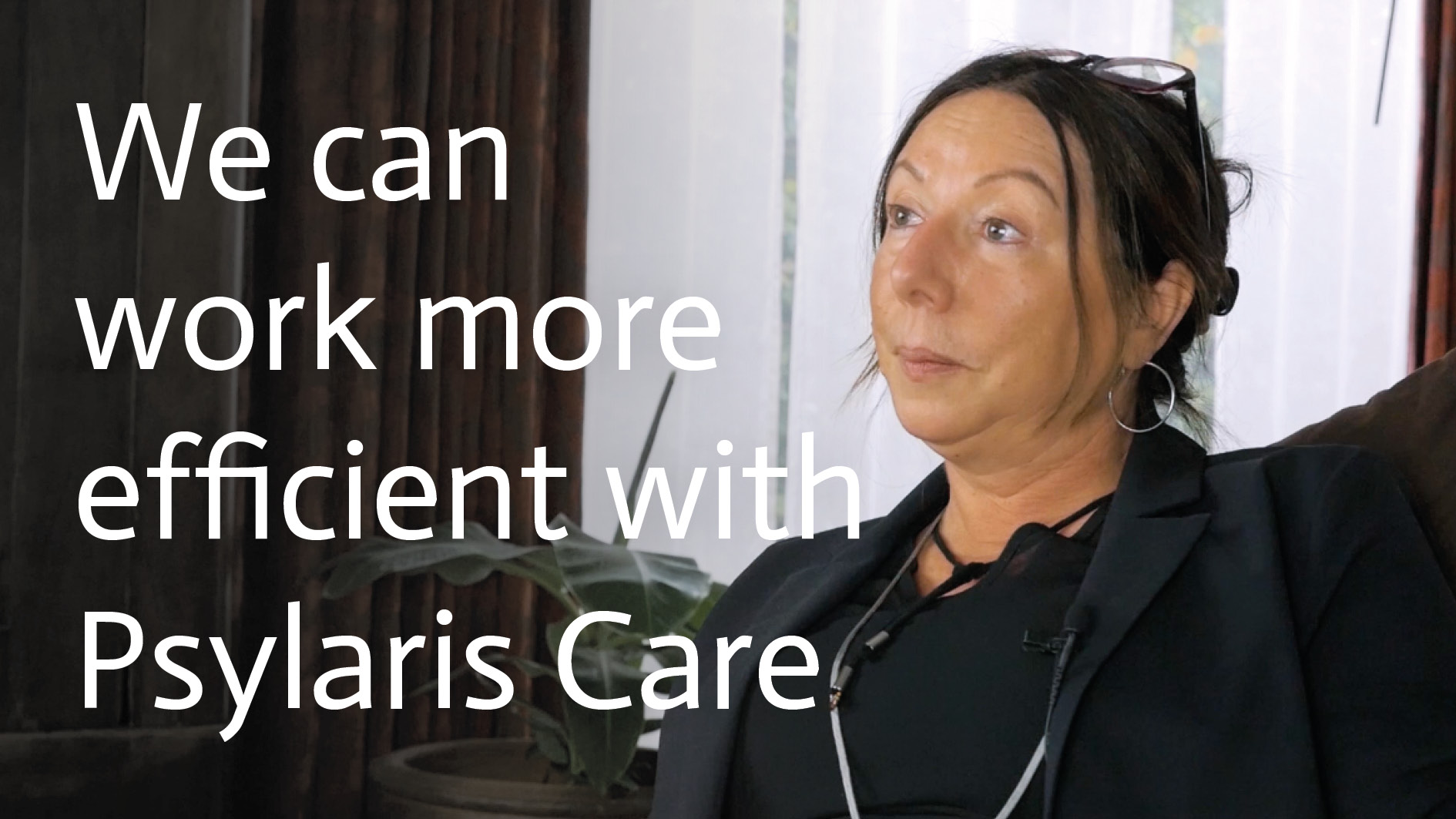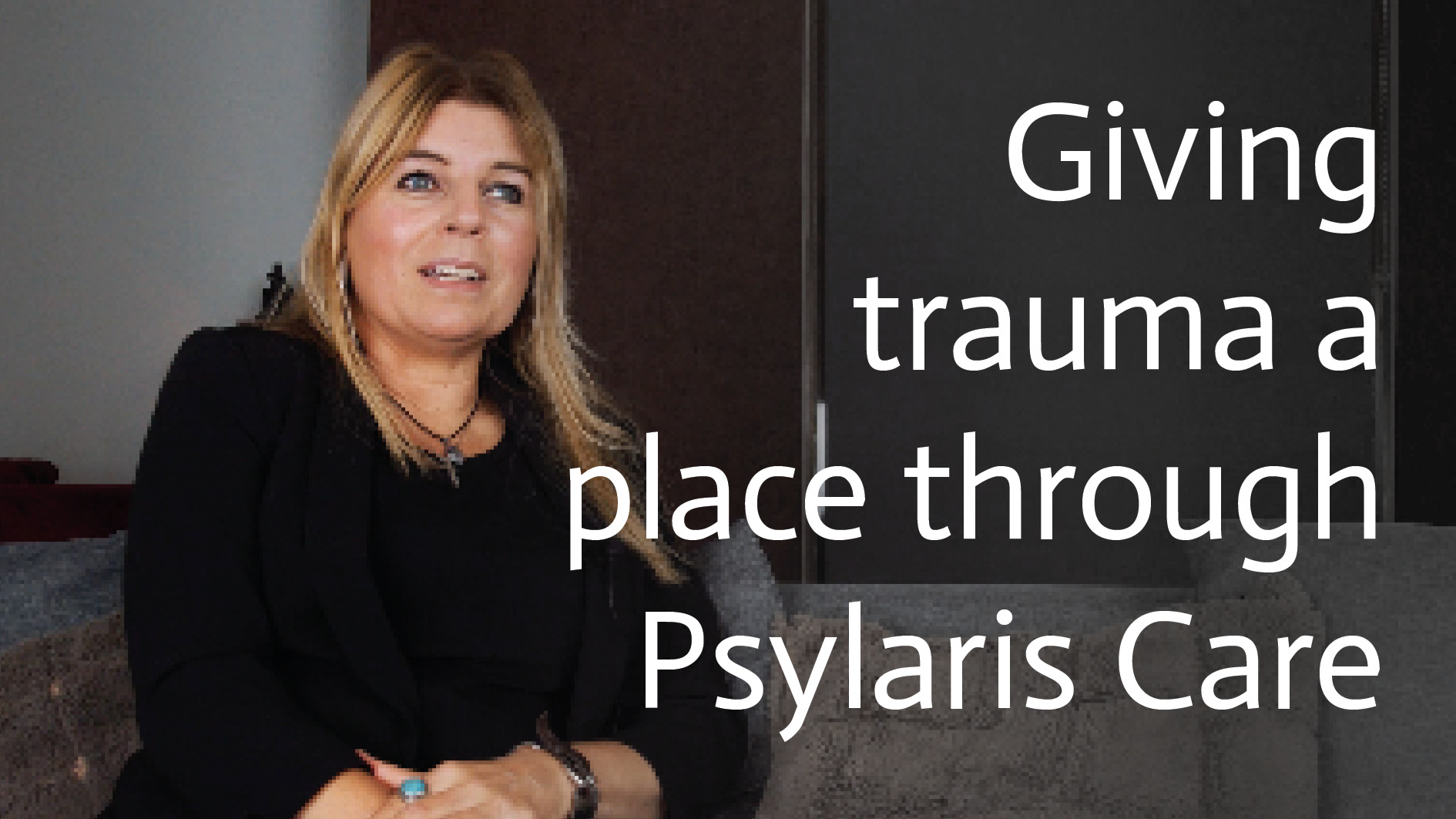EMDR 2.0 sounds like the upgrade of a software programme or the latest version of an online game. And let that be exactly what EMDR 2.0 is: standard EMDR-therapy but even more effective! With a number of imaginative handles for therapists, the effectiveness of the therapy can be lifted to a higher level.
What is EMDR 2.0?
In recent years it has become clear that a heavier working memory load during EMDR treatment actively helps to alleviate unpleasant memories. The collection of methods for increasing the load on the working memory is also called EMDR 2.0. In fact, EMDR 2.0 is no different from regular EMDR therapy; only extra aids are used to increase the load on the working memory and thus to increase the effectiveness of the therapy.
Different components of EMDR 2.0
EMDR 2.0 comprises a number of techniques that are aimed at forcing as much as possible of the working memory into the body. In this way, room is made for new (less painful) memories. Examples of these techniques are:
- EMD-KNALLER - During the session with EMD-knaller, the patient performs distraction tasks, for example by tapping their own thighs. Next, the patient is asked to bring forward the trauma image and to pay full attention to it while closing their eyes. The aim is for the patient to carry out the distraction task continuously. The patient opens his or her eyes on his or her own initiative when the image has their full attention and the grisly details can be focused on. The practitioner can then start the rapid eye movements. This procedure can be repeated as required and with different distraction tasks.
- FLASH TECHNOLOGY - In an EMDR session using the Flash technique, the patient does not yet have to place the memory in the working memory. The patient only holds it somewhere in the back of his/her mind and after a few eye movements a glimpse of this memory is very briefly placed in the working memory. Then the memory is put aside again. This is repeated until the patient feels safe enough to hold the memory for more than one or a few moments. The aim is for the patient to experience that he is in control of this memory. Once this has been achieved, the memory can be placed in the working memory for a longer period of time and the regular EMDR treatment can begin.
- MODALITY-SPECIFIC ASSESSMENT - If a patient is mainly bothered by visual images when recalling, then performing a visual task is more effective than performing an auditory task. Conversely, with auditory memories, the patient will benefit less from visual tasks. Performing a rhythm or hearing sounds is then more effective. Not so obvious is an olfactory task, but here too EMDR therapy is more effective if the patient sniffs different odours during the eye movement sessions. All these are examples of modality-specific load, or load directed at the sensory manifestation of the memory.
Theory behind the method
The working memory theory is the thesis that has the most scientific support for the effectiveness of EMDR. During the EMDR session, the short-term memory is put to work while the patient has a traumatic memory in his/her sights. By performing the tasks, the attention for the memory weakens. It is then stored again in a milder form in the long-term memory. It is then a logical next step to increase the load on the working memory even more, by not only performing the eye movements, but also having the patient experience other stimuli at the same time. This increases the pressure on the working memory and thus the chance of success of the therapy.
Effectiveness
Now the big question remains: How effective is this upgrade of the regular EMDR? At the Psychotrauma Expertise Centre (Psytrec) in Bilthoven, psychologist Ad de Jongh sees that patients can generally be treated more quickly with the renewed method. "Some memories already say 'crack' after 5 minutes," he says in an interview with the Volkskrant. In Bilthoven 70% of the patients with PTSD heal in less than 10 EMDR sessions.
Suzy Matthijsen showed in earlier research that visual memories are best treated with visual tasks during the EMDR session, and auditory memories with auditory tasks. Occupational psychologist Matty Geurink tested this in practice with an olfactory task on a patient who suffered from re-experiences in which smell played a strong role; his brother had committed suicide and he could not get the strong smell of the body out of his mind. In EMDR Magazine 14 Geurink describes her findings: "Although it did not work via the normal route, it now took two sessions to get the SUD to 0 for both images. The nightmares and re-experiences of Karel's suicide have now disappeared."
The findings and research results of these psychologists are more than enough reason to assume that EMDR 2.0 is extremely effective. Now it is only waiting for a new breakthrough: when will EMDR 3.0 be released?








